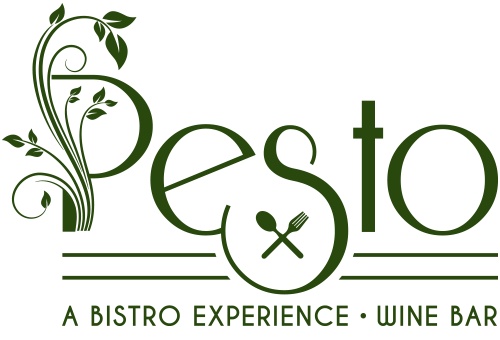Origins and Culinary Fusion
Quite often when we dine-out we will choose a type of cuisine that we are in the mood for to determine where we want to go. This can take the form of a nationality, ethnicity, and/or the actual type of food (steak, seafood, vegan, etc…) When a menu is designed around a region or specific location it brings with it items that we associate with that area.These creations evolved over time in that original area utilizing ingredients that were primarily native to that location. Cooking techniques for these items can also be specific to the area that they come from. The dishes take on their own new twists and are constantly recreated in new forms as they migrate through new areas.Some of the most exciting parts of menu development can be taking a classic dish and finding new ingredients (often indigenous and readily available to that area) to give that recipe a new spin.Occasionally people will say "that's not how that dish is normally prepared" but the fact is where they grew up with that dish, it had probably already changed from its place of origin. More than likely there are also many other areas (not only in the US but worldwide) that have a slightly different version of that "classic". Fusing one cuisine to another is what has brought us such an awesome and diverse world of food that we now live in.It is part of the reason we have a whole network devoted to it. As great as the French Chef Escoffier was in bringing French cuisine to its place in culinary history, we need to remember that French cuisine was less than desired prior to Queen Catherine de Medici bringing her Italian Chefs to the French court. These chefs brought their classics which were married to France's offerings hence cuisine migration and fusion.Also, that Caesar salad that you love… not from Italy. It originated in a resort hotel in Mexico City (by an "Italian Chef" named Caesar Cardini).Pasta…it's roots are in China!
Finding menus and dishes that are truly authentic to their origins is not at odds with recipes that have evolved but is actually another option for a great dining experience.This usually will occur with Chefs who have relocated from that area of cuisine or someone who has studied (and/or lived in) that region. Often this will involve bringing in ingredients from that area that may be less common to the new location.This also exposes these items to the new area and in essence adds to the growth of more culinary fusion. Even in the same country (the US being a perfect example) there is a huge diversity of regional tastes. These preferred menu styles further influence cross-overs and growth of menu ideas.
When menus are being developed, we also need to take into account dietary restraints and this can also push us to find and incorporate additional ingredients that may not have been common place just a few decades ago. All of these situations and challenges only add depth to our culinary endeavors.
We are truly fortunate that we live in a time that gives us so many great culinary options!
Joe Rimer, Chef/ Owner
Pesto Bistro and Wine Bar
Fusilly's Kitchen
Alumni- Culinary Institute of America
When you subscribe to the blog, we will send you an e-mail when there are new updates on the site so you wouldn't miss them.


Comments